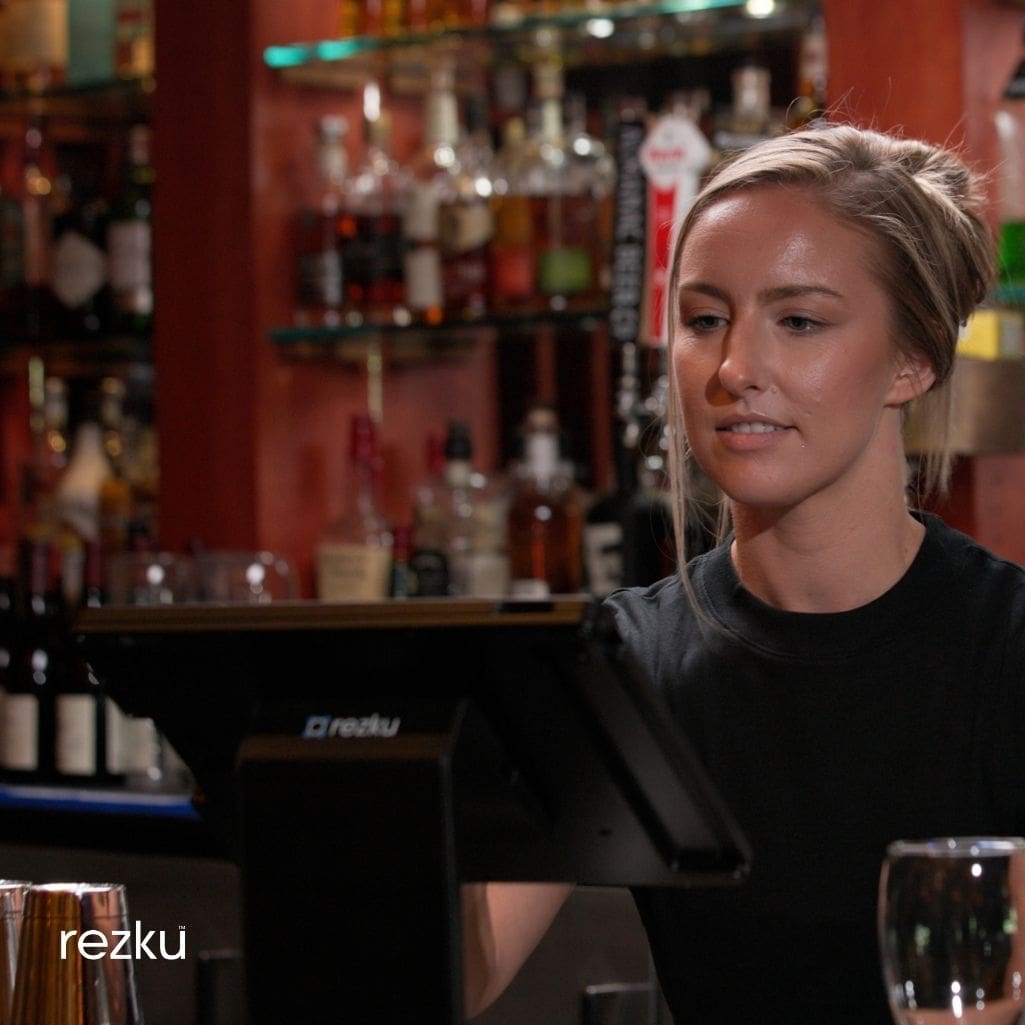The Easy Way to Write a Killer Restaurant Business Plan That Investors Will Love
The Rezku Team

You’ve been dreaming about it for years – to open your own restaurant. You have a clear vision, but how do you translate it into a blueprint for action?
That’s where the restaurant business plan comes in.
Writing your restaurant business plan is invaluable, because it helps you discover nuances you didn’t think of, a budget, and the opportunity to front-load as much planning and organizing as possible before you start spending money.
This guide presents each section of an example restaurant business plan with detailed analysis, why it’s important to investors and what questions it should answer for them.
We’ll cover each section of a Restaurant Business Plan:
- Articulate your value proposition – how you plan to attract customers and make money for you and your investors.
- Perform a market analysis to prove your theories about expected demand.
- Create detailed plans for designing and executing your unique menu.
- Write a financial plan that shows what it will cost and how long it will take to get a return on your investment.
- Assemble your management team and explain why they’re the best to the job done.
- Describe your business model – the machine that turns hard work into money.
A well-crafted restaurant business plan is a requirement for SBA loans, private loans, and to attract investors.
While the examples in this guide are based on a fast casual noodle shop, the principles should be applied to any restaurant type – Your business plan is unique to you.
Presenting Your Value Proposition
“Give it to me in a nutshell.”
Your restaurant business plan opens with your value proposition. This is the 40,000 foot view of your concept and what you’re pitching to investors.
The goal of this section is to clearly and concisely communicate the vision of your restaurant and get investors excited.
In this section it is also appropriate to add logos, brand colors and mockups of branded items such as storefronts and packaging.
Example Value Proposition Statement:
Noodle Fusion is a fast-takeaway restaurant that serves fresh and delicious noodle dishes served in unique heat-retaining to-go cups. We cater to busy urban professionals who want a quick, affordable, and satisfying meal they can enjoy on the go or at their office.
Our value proposition is to offer a variety of noodle-based options with a modern twist. Our selections are customizable, healthy, and flavorful, using high-quality ingredients and unique recipes inspired by various Asian cuisines.
We aim to be an innovative and affordable destination in the downtown area, with a loyal customer base and a strong brand reputation. ```
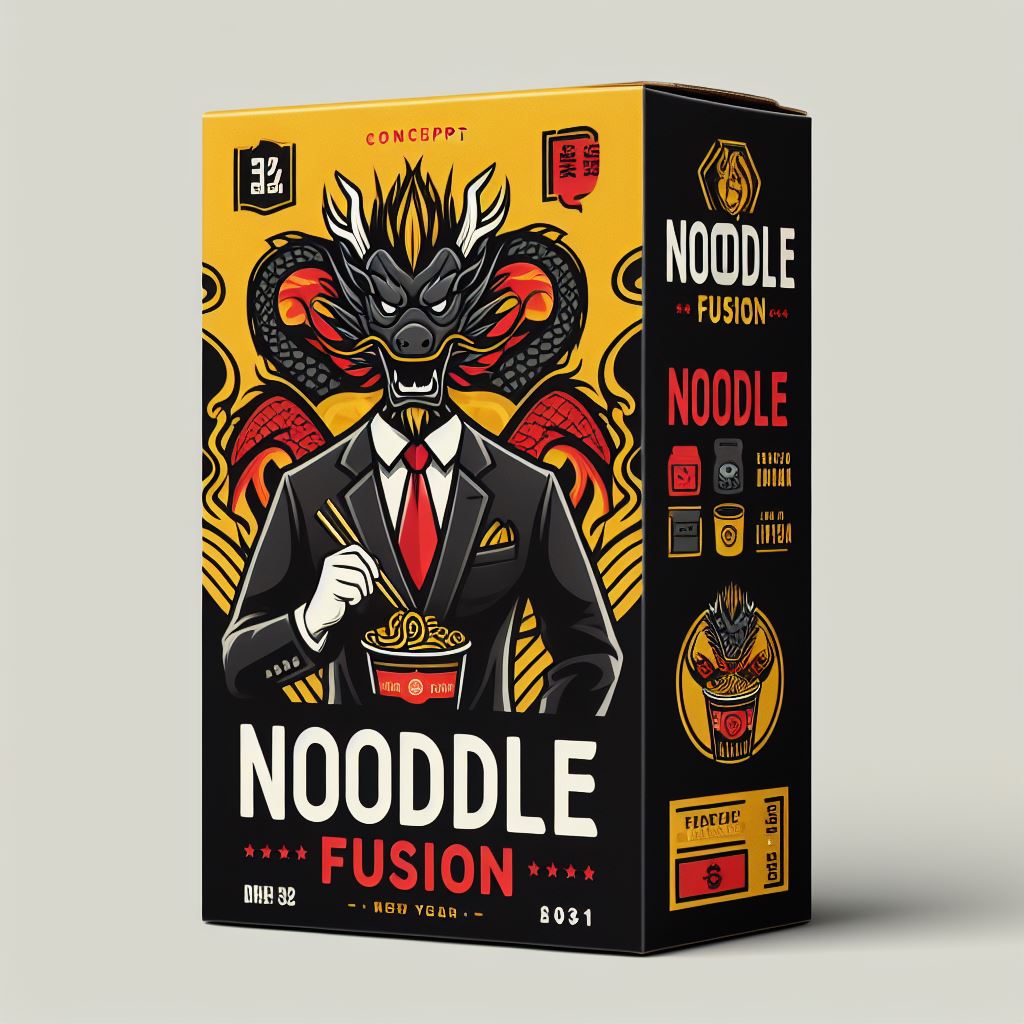
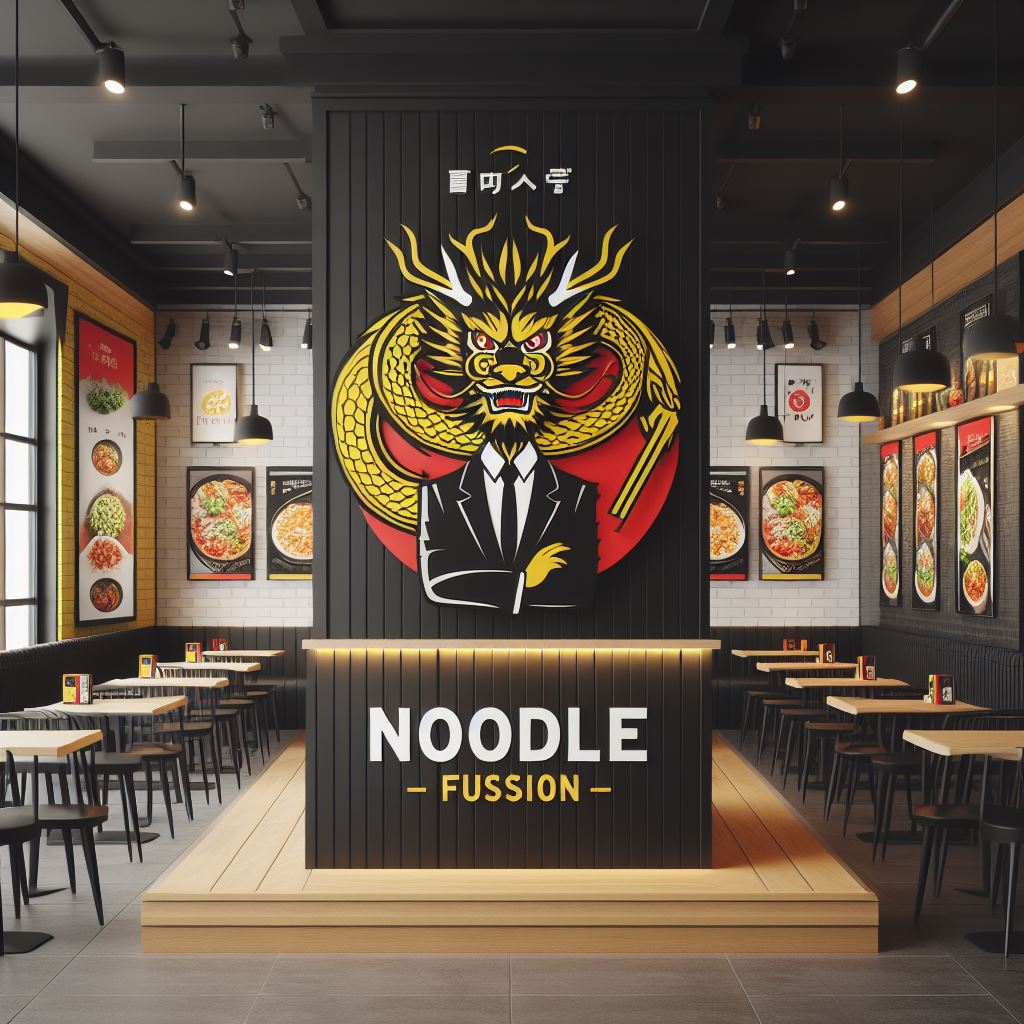
The Market Analysis
“How do you plan to get customers?”
The market analysis is one of the most crucial parts of your business plan. It shows that you understand your customers, competition and industry – and that you understand how your restaurant is positioned to succeed.
In your market analysis you’ll lay down why you believe your restaurant can be competitive in a crowded market and find relevant customers in the area.
You’ll clearly define your target customer. That is, who you believe your ideal customer is. Sometimes this is also called a “customer avatar”.
It should include a demographic profile of their sex, ethnicity, age, income level and any other factors that influence their lifestyle.
Next, you’ll explain why your offerings suit their lifestyle and provide a breakdown of the demographics in the proposed location to show a high volume of these potential customers.
You can find demographic statistics for US cities at the US Census Bureau data website. Just type in the city name or zip code you want data for.
Your market analysis should also include a competition analysis which pits your concept against other offerings in the area, to show your strengths.
The framework for this is called a SWOT analysis, which stands for
- Strengths
- Weaknesses
- Opportunities
- Threats
Performing a SWOT shows investors that you’ve planned ahead and have a strategy to meet the competition head-on.
Example Market Analysis:
Target Market and Customer Segments
Our target market is the downtown area of Redwood City, California, where the shop will be located. This area has a high population density, a diverse demographic mix, and a strong demand for fast and convenient food options.
According to the U.S. Census Bureau, the population of Redwood City was 86,685 in 2020, with a median age of 37.4 years, a median household income of $121,154, and a racial composition of 46.8% White, 38.7% Hispanic or Latino, 10.9% Asian, and 2.4% Black or African American.
Our target customer is young male, urban professionals making $65k-120k annually who work or live in the downtown area and want a quick, affordable, and satisfying meal that they can enjoy on the go or at the office. Our goal is to become their daily choice by offering customization and variety.
The target age is millennials and Gen Z (24-40), who are, cost conscious, busy, and open to trying new cuisines and flavors.
Competitive Landscape
Our main competitors are the other noodle-based restaurants and fast-food outlets in the downtown area. Some of the most popular ones are:
- Lee’s Noodle Hut: A family-owned restaurant that serves traditional Chinese noodle dishes, such as chow mein, lo mein, and wonton soup. It has a loyal customer base and a good reputation for quality and authenticity. However, it has a large dine-in oriented menu, a dated decor, and a slow service.
- Pho King Noodles: A Vietnamese restaurant that specializes in pho, a noodle soup with meat and various herbs and spices. It has a modern and trendy ambiance, a friendly and efficient staff, and an authentic menu. However, it has a high price point, a long wait time, and a noisy environment.
- Noodles & Noodles: A national chain that offers noodle dishes from various cuisines. It has a casual atmosphere, fast and convenient service. However, it has a low quality, bland taste, and a lack of authenticity.
SWOT Analysis
Strengths:
Our innovative and modern concept of serving unique, high-quality noodle dishes in heat-retaining to-go cups, which appeals to our target market’s preferences for convenience, adventure and quality.
Our strategic and accessible location in the downtown area can attract many professionals from local high-rise offices as well as foot traffic from shoppers visitors, especially during lunch and dinner hours.
Our strong branding clearly communicates our value proposition, is attractive, hip and appeals to professionals in our demographic.
Weaknesses:
We currently lack brand awareness and market penetration, as we are in the pre-startup phase seeking funding. We will face stiff competition from established restaurants and franchise outlets.
Due to our limited marketing budget we will rely mostly on strong branding, word-of-mouth and social media to promote our business.
Dependence on a single product category, (noodles) could be seen as a limitation to our customer base but we plan to constantly innovate and update our menu to keep up with the changing tastes and trends of your customers.
Opportunities:
Our ability to execute our online ordering strategy after launch. We also want to generate customer loyalty and retention by offering an attractive loyalty program that rewards customers for their purchases and for referrals.
We are very open to adding new product offerings and services based on customer demand, that could complement our existing menu and increase customer value and satisfaction.
We are carefully considering the potential to franchise our business model and expand our presence into other locations and regions.
Threats
Potential increased competition from other noodle shops and fast-food outlets that move into the area, offering similar products or services with lower or comparable prices and service.
To mitigate this, we will need to monitor and analyze our competitors’ strategies, and new openings. We will strive to differentiate business by offering superior value and quality and remarkable branding.
We could lose customers or market share to rivals who have more brand recognition, customer loyalty, or marketing power.
To address this, we plan to leverage our strong branding with promotional merchandise and stage an aggressive social marketing campaign and customer loyalty program that rewards repeat business and referrals.
Designing & Engineering Your Menu
“What are you serving and why?”
This is where the rubber meets the road. Describe in detail what type of food you’re offering your customers.
In this section, you will describe in detail what type of food you’re offering your customers, and how you developed your menu based on research, customer preferences, profitability, and service efficiency.
Emphasize the research you’ve done to develop your food offerings, how they appeal to your target market, why they are profitable and how they can be optimally served to customers.
In this section it is appropriate to display a mockup of your menu and example food items that are expected to be super-stars.
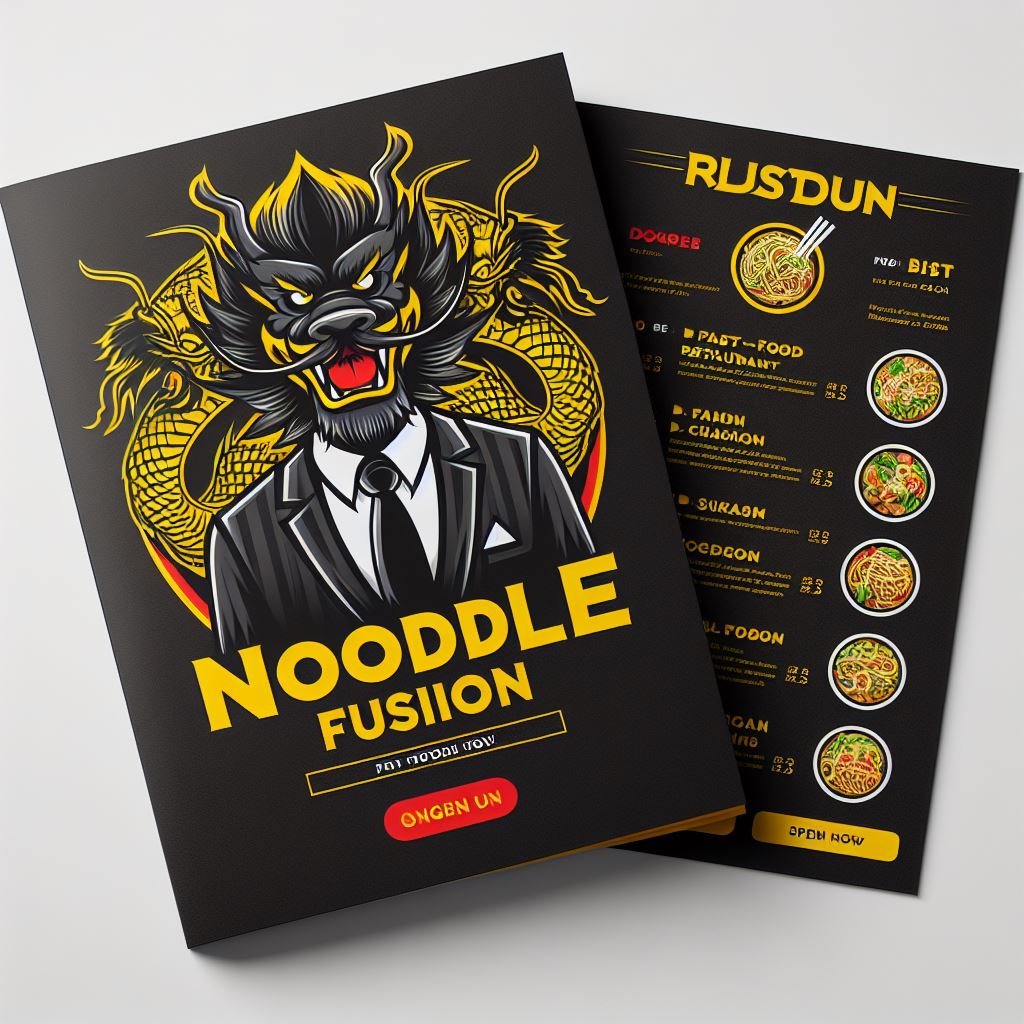
Menu Design & Engineering Example
Menu Development
We consulted with Xe Creations, a consulting firm established by professional chef and food scientist Michael Xe and nutritionist Cynthia Yen, to create unique and healthy recipes that use high-quality ingredients and simple cooking methods.
We farther developed our menu by conducting market research, customer surveys, and taste tests to identify the most popular and profitable dishes and flavors inspired by various Asian cuisines.
Our menu focus is on offering a variety of quickly prepared, tasty, Asian cuisine inspired noodle-based options with a modern twist.
- Hong Kong-Thai Spicy Noodles: Crispy vermicelli noodles tossed with choice of tofu or chicken, vegetables, and a creamy vegan peanut-inspired sauce, topped with cilantro.
- Indonesian Breakfast Noodles: Egg noodles stir-fried with vegetables, and choice of beef, pork, chicken or tofu, seasoned with soy sauce and spices, topped with a fried egg.
- Curry Coco Noodles: Rice noodles with chickpeas, spinach, and tomatoes, in a creamy coconut curry sauce, sprinkled with crunchy soy.
Menu Design
We designed our menu to be concise, well-organized, and attractive, using the following principles and techniques:
We divided our menu into three sections: Noodles, Drinks, and Merch. We placed the Noodles section at the top of the menu, as it is our main product category and the most profitable one.
We used a used a one-panel menu layout, with the Noodles section at the top Drinks section below, and the Merch section at the bottom. We did this to take advantage of the customer’s eye movement and attention, as they tend to look at the top of the menu first.
We use fun, descriptions and and appetizing images for each dish, highlighting the ingredients, cooking methods, and unique features. We also use power words and adjectives to evoke curiosity and emotion, such as “spicy”, “creamy”, “tender”, and “rich”.
We omitted the dollar signs and price decimals from our menu, as this makes customers less price-sensitive, evokes a premium feel and allows fast ordering with more focus on the dishes.
Menu Pricing
We priced menu items based on food costs, contribution margins, and perceived value using the following methods and strategies:
We calculated food cost for each dish by adding up the cost of the ingredients and the preparation, aiming to keep food cost percentage below 30%.
We calculated contribution margin for each dish by subtracting the food cost from the selling price, aiming for a high contribution margin for each dish. Our goal is to be resilient to volume fluctuations by maintaining a high margin.
We will continue to innovate and use data to adjust menu items and prices using a menu engineering matrix to categorize dishes based on their sales volume and contribution margin to identify stars, and systematically remove poor performing dishes.
The Financial Plan
“So, when do we get our money back?”
Let’s say your investors like what they’ve seen in your restaurant business plan so far. Now it’s time to answer the most important question: How much is it going to cost?
This is probably the most difficult question to answer. Especially if your restaurant is just a hypothetical at this point. There is no way to sugar coat it: This will take a lot of careful research and crunching numbers.
Here’s what is expected in your financial plan:
-
Provide a summary of your financial assumptions and projections, and explain how you calculated them.
-
Present your projected income statement, cash flow statement, and balance sheet for at least three years.
-
Highlight your key financial indicators, such as revenue, expenses, net income, cash flow, and return on investment.
-
Present your break-even analysis, and explain how long it will take you to reach profitability and positive cash flow.
-
Present your funding requirements, and explain how much capital you need, how you will use it, and how you will repay it.
In this section you’ll include lots of financial data, tables and charts. The goal is to assure your potential investors that you have run all the numbers and have a solid grasp of the numbers.
Example Financial Plan
In this section, we will present our financial plan, based on financial assumptions and projections. We will highlight our key financial indicators, present our break-even analysis, and explain how long it will take us to reach profitability and positive cash flow.
Finally, we will present our funding requirements, and explain how much capital we need, how we will use it, and how we will repay it.
Financial Assumptions and Projections
We used the web search results to find the average sales, costs, and margins of similar noodle shops in our area . We also used the data from the U.S. Census Bureau to estimate the population, income, and spending habits of our target market.
We created a financial model for our noodle shop, based on our menu prices, food costs, sales volume, fixed and variable costs, and growth rate and used the model to generate our income statement, cash flow statement, and balance sheet, as well as our break-even analysis and return on investment.
We used modeling to test the impact of different scenarios and variables on our financial performance and profitability, such as changes in sales, costs, prices, and growth. Using the model, we identified and mitigated our financial risks and uncertainties.
Projected Income Statement
Our projected income statement shows expected revenue, expenses, and net income for the next three years. It also shows our gross profit margin and net profit margin, which indicate how much of our revenue is left after paying for our costs of goods sold and our operating expenses, respectively.
| Year | Revenue | Cost of Goods Sold | Gross Profit | Gross Profit Margin | Operating Expenses | Net Income | Net Profit Margin |
|---|---|---|---|---|---|---|---|
| 1 | $360,000 | $108,000 | $252,000 | 70% | $180,000 | $72,000 | 20% |
| 2 | $432,000 | $129,600 | $302,400 | 70% | $198,000 | $104,400 | 24% |
| 3 | $518,400 | $155,520 | $362,880 | 70% | $217,800 | $145,080 | 28% |
Projected Cash Flow Statement
Our projected cash flow statement shows our expected cash inflows and outflows for the next three years. It also shows our net cash flow, which indicates how much cash we have left after paying for our operating, investing, and financing activities. It also shows our cash balance, which indicates how much cash we have on hand at the end of each year.
| Year | Cash Flow from Operations | Cash Flow from Investing | Cash Flow from Financing | Net Cash Flow | Cash Balance |
|---|---|---|---|---|---|
| 1 | $90,000 | -$50,000 | $100,000 | $140,000 | $140,000 |
| 2 | $130,400 | -$10,000 | -$20,000 | $100,400 | $240,400 |
| 3 | $181,080 | -$10,000 | -$40,000 | $131,080 | $371,480 |
Projected Balance Sheet
Our projected balance sheet shows our expected assets, liabilities, and equity for the next three years. It also shows our current ratio and debt-to-equity ratio, which indicate our liquidity and solvency, respectively.
| Year | Assets | Liabilities | Equity | Current Ratio | Debt-to-Equity Ratio |
|---|---|---|---|---|---|
| 1 | $190,000 | $50,000 | $140,000 | 3.8 | 0.36 |
| 2 | $250,400 | $30,000 | $220,400 | 8.35 | 0.14 |
| 3 | $381,480 | $10,000 | $371,480 | 38.15 | 0.03 |
Break-Even Analysis
Our break-even analysis shows the point at which our revenue equals total costs, and we start making a profit. It also shows our break-even sales volume and break-even sales value, which indicate how many units and how much revenue we need to sell to break even, respectively.
| Break-Even Sales Volume | Break-Even Sales Value | Break-Even Time |
|---|---|---|
| 10,000 units | $180,000 | 6 months |
Funding Requirements
Our funding requirements show how much capital we need to start and run our noodle concept, how we will use it, and how we will repay it. We also show our sources of funding.
| Funding Amount | Funding Sources | Funding Uses | Funding Repayment |
|---|---|---|---|
| $100,000 | $50,000 personal savings, $50,000 bank loan | $50,000 lease, equipment, and supplies, $30,000 working capital, $20,000 marketing and contingency | $20,000 bank loan principal and interest in the first year, $30,000 bank loan principal and interest in the second year |
Your Management A-Team
“Who’s In Charge Here?”
This section is designed to showcase the awesome people on your management team and build confidence in investors that you have skilled and experienced people on board, to execute your plan and adapt to challenges.
Present your leadership team, their roles and responsibilities and a brief bio focusing on their relevant achievements.
Explain how your team’s strengths equip them to run restaurant successfully. If there are any weaknesses or gaps on your team, be sure to address how you plan to overcome them, for example, with outside consulting firms.
Example Management Team
We hope this section gives you a clear and confident picture of our management team, and why we are the best people to run this exciting noodle shop concept.
Our Leadership Team
Our leadership team consists of three co-founders who share a passion for adventurous cuisine, guerrilla marketing and efficiency. Together we have a clear a vision for creating a unique and modern noodle shop concept.
- Lily Chen, CEO and Co-Founder: Lily is is responsible for overseeing the overall strategy, operations, and growth of our business. She has over 10 years of experience in the hospitality industry, working as a manager and consultant for various Adagio Group restaurants and hotels including Sue’s By the Sea and Fire Wok NYC. She has a degree in hospitality management from Cornell University and an MBA from Stanford University. Lily brings her expertise, leadership, and enthusiasm, and ensures that we deliver the best service and quality to our customers.
- Kevin Lee, CFO and Co-Founder: Kevin is responsible for managing the financial aspects of our business, including accounting, budgeting, forecasting, and reporting. He has over 8 years of experience in the finance industry, working as an analyst and advisor for Gorman & Jones. He has a degree in finance from the University of California, Berkeley and a CFA certification. Kevin brings his analytical, strategic, and problem-solving skills to ensure that we maintain a healthy and sustainable financial position.
- Jenny Kim, CMO and Co-Founder: Jenny created our iconic logo and branding. She is responsible for developing and executing our marketing strategy, including research, customer acquisition, and retention, and public relations. She has over 7 years of experience in the marketing industry, working as a specialist and manager for Impatcigo. She has a degree in marketing from the University of Southern California. Jenny brings her vision, passion, and communication skills ensuring that we maintain a strong and distinctive brand.
- Additional Outside Consulting: To provide additional technical and operational expertise in kitchen management, menu development, food preparation, and inventory management, we have partnered with consulting firm Xe Creations, headed by professional chef Michel Xe. Xe Creations assisted in the development of our menu and will continue working with us to conduct regular market research and data analysis, and help us monitor and evaluate menu performance and service efficiency to maximize profitability and adapt to the changing needs and wants of our customers.
Our Management Team’s Unique Strengths:
- A diverse and complementary skill set, covering the key areas of our business, such as operations, finance, and marketing.
- A shared passion and vision for our concept, and a strong commitment to our mission and values.
- A proven track record of success and experience in our fields, and a network of contacts and resources that we can leverage.
- A passion for boldness in all things, from flavors to branding to food-service innovation and ongoing researched into operational efficiency.
Your Business Model
“How do we make money?”
In this section you’ll explain how your restaurant generates revenue and profit. You’ll restate your value proposition and target customers, explain your revenue streams, cost structure and key resources.
Your business model section should also include some examples and evidence to support your claims and assumptions such as market research, customer feedback and financial projections.
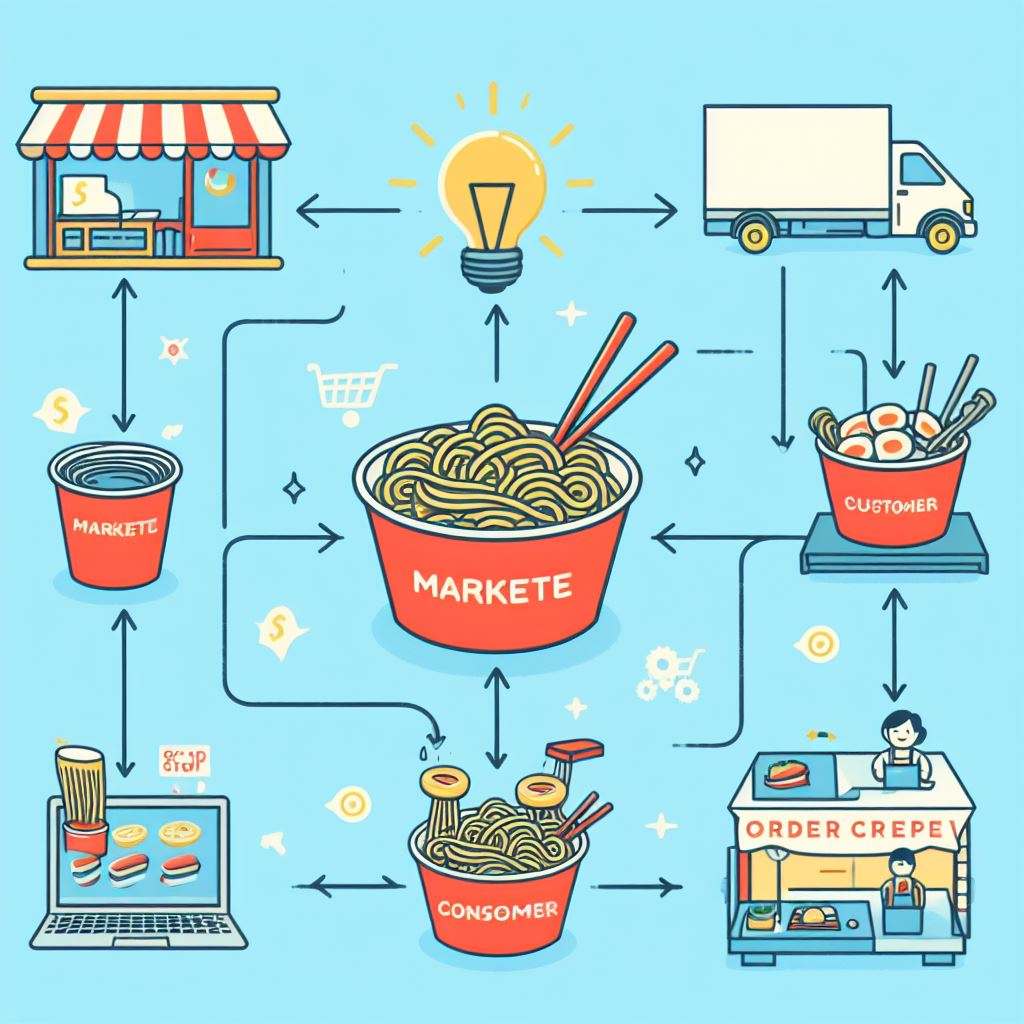
Since it can be a lot to take in, it’s a good idea to also include a flow-chart diagram to visually represent your business model as well.
Example Business Model
Value Proposition
Our value proposition is to offer our customers a unique and modern noodle shop concept, where they can enjoy a variety of delicious, healthy, and convenient dishes inspired by different Asian cuisines, served in heat-retaining to-go cups. We aim to satisfy our customers’ needs and wants for convenience, adventure, and quality, and to create a loyal and repeat customer base.
Target Customers
Our target customers are the young urban professionals who work or live in the downtown area of Redwood City, California, where our shop is located. They are mostly millennials and Gen Z, who are busy, cost-conscious, health-conscious, and open to trying new cuisines and flavors. They value convenience, customization, and quality, and are willing to pay a reasonable price for a good meal. They are also active on social media and online platforms, where they share their opinions and experiences with food and restaurants.
Revenue Streams
Our revenue streams are the sales of our noodle cups, drinks, and merch. We charge an average of $9 per noodle cup, $2 per drink, and $10 per merch item. We estimate that we can sell about 100 noodle cups, 50 drinks, and 10 merch items per day, which translates to about $1,000 in daily revenue, or $360,000 in annual revenue. We also plan to increase our revenue streams by offering online ordering, delivery, catering, and loyalty programs.
Cost Structure
Our cost structure consists of our fixed and variable costs. We estimate that our fixed costs are about $15,000 per month, or $180,000 per year for rent, utilities, insurance, salaries, and marketing. We estimate that our variable costs are about 30% of our revenue, or $108,000 per year for food, packaging, supplies, and commissions.
Key Resources
Our key resources are the assets and capabilities that enable us to create and deliver our value proposition to our customers. They include:
- Our innovative and modern concept of serving noodle dishes in heat-retaining to-go cups, which appeals to our target market’s preferences for convenience, adventure, and quality.
- Our diverse and flavorful menu that offers a variety of noodle-based options with a modern twist, inspired by various Asian cuisines. We use high-quality ingredients and unique recipes to create dishes that are healthy, satisfying, and delicious.
- Our strategic and accessible location in the downtown area, where we can attract a lot of foot traffic, especially during lunch and dinner hours.
- Our bold, distinctive branding, attractive lifestyle merch, and viral referral rewards which can be leveraged for guerrilla marketing and social media marketing.
- Our management team, which consists of three co-founders who share a passion and vision for our concept, and have diverse and complementary skills and experience in hospitality operations, finance, and marketing.
- Our partnership with Xe Creations, a consulting firm that specializes in menu development, which helps us optimize kitchen logistics and provides us with ongoing support and guidance.
Examples and Evidence
We have conducted market research, feedback gathering, and financial projections to support our business model and validate our assumptions. Here are some of our findings:
- According to web search results, the Asian restaurant industry is experiencing significant growth, with a market size of over $20 billion as of 2021. The demand for fast-casual Asian noodle shops is particularly high, as customers crave delicious, quick, and affordable meals.
- According to data from the U.S. Census Bureau, the population of Redwood City is about 86,000, with a median household income of about $121,000. About 40% of the population are millennials and Gen Z, and about 30% are Asian. This indicates a large and affluent potential market for our noodle shop.
- According to customer surveys and taste tests, our noodle dishes received very positive feedback and ratings from our target customers. They liked the variety, flavor, quality and price of our dishes, and appreciated the convenience of our to-go cups. They also expressed interest in online ordering, delivery, catering, and loyalty programs.
- According to the financial projections we generated, our noodle shop is expected to generate a revenue of $360,000, a net income of $72,000, and a cash flow of $140,000 in the first year. We are also expected to break even in six months, and achieve a return on investment of 72% in three years.
In Conclusion
The goal of a restaurant business plan is to capture your intentions, communicate your plan of action and inform potential investors.
Following the format presented with examples in this article, you’ll be sure to hit all the important points. Your business plan will answer all the questions that matter most when seeking investments and loans to fund your vision.
Writing a restaurant business plan involves careful planning and includes presenting your value proposition, identifying your target market, modeling of your business to make accurate financial projections, explaining your business model and showing why your team is the best equipped to execute this venture profitably.
Rezku is a leader in restaurant management technology with over 10 years of experience working closely with restaurant startups. When everything counts, Rezku is the solution restaurants prefer, for it’s ease of use, affordability and commitment to service.
To learn more about how Rezku helps new and established restaurants, check out our case studies and reviews page.
Is Rezku the POS system you’ve been searching for?
Get a custom quote and start your free trial today.
Related Posts
